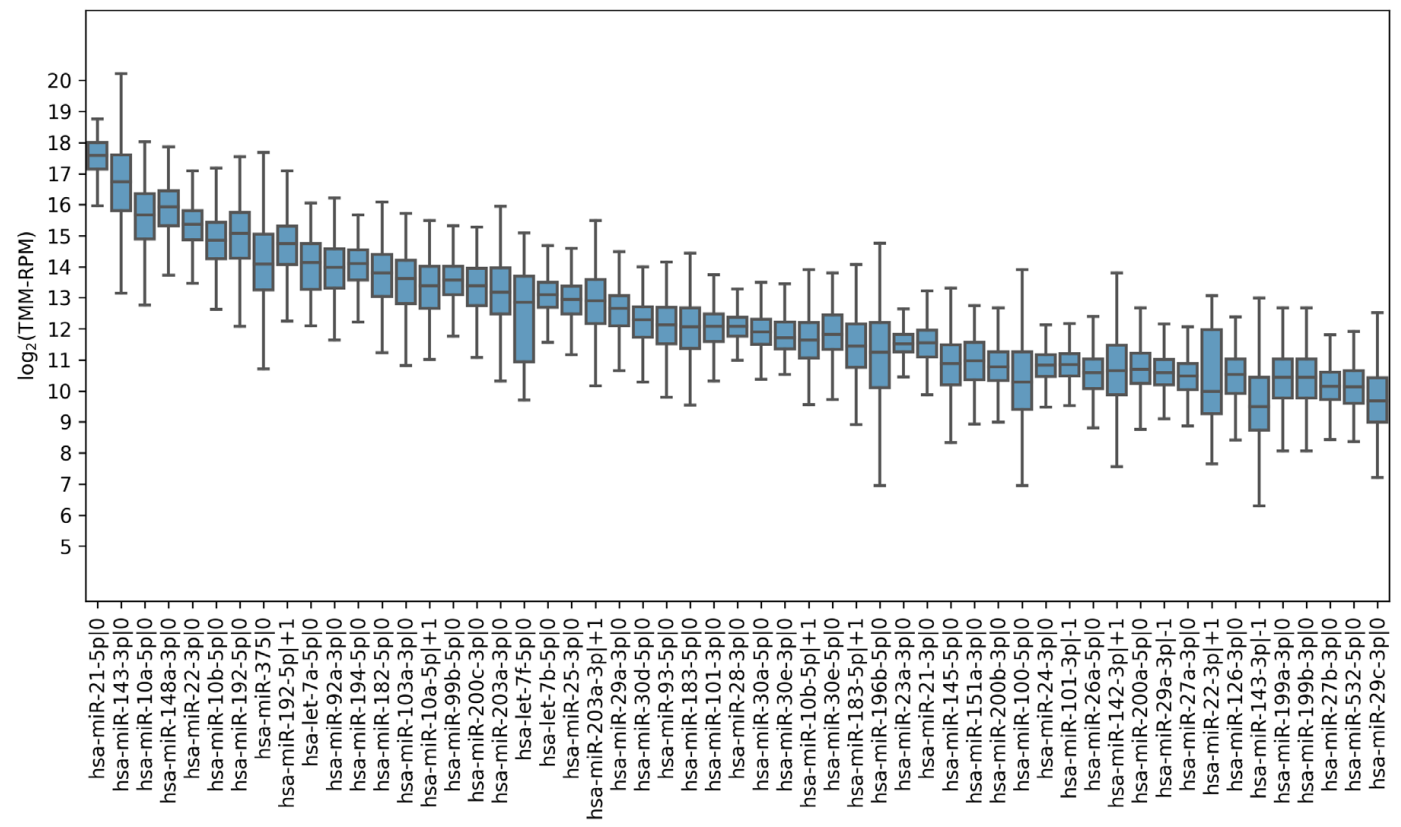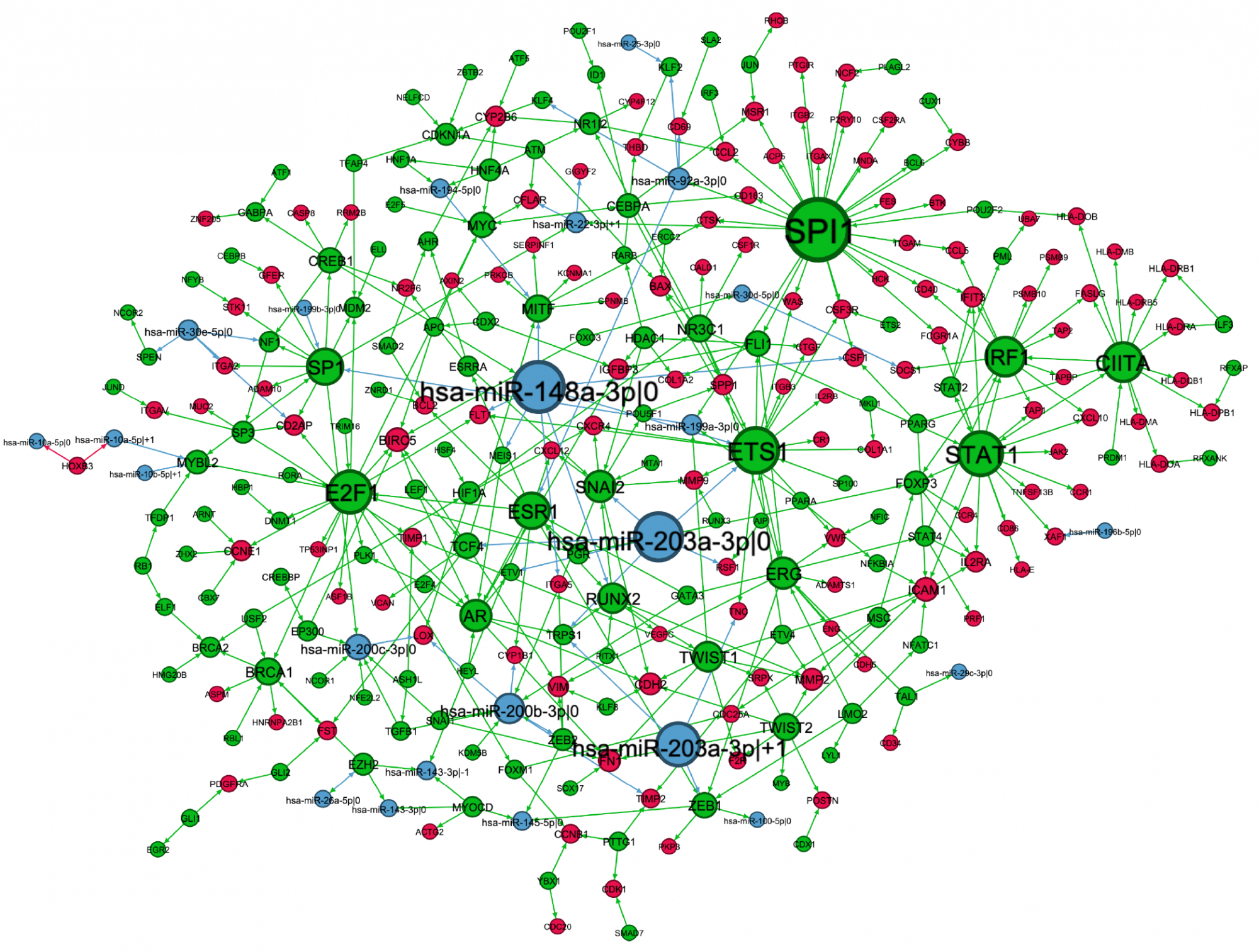
This article is an open access article distributed under the terms and conditions of the Creative Commons Attribution license (CC BY).
ORIGINAL RESEARCH
Isoforms of miR-148a and miR-203a are putative suppressors of colorectal cancer
1 National Research University Higher School of Economics (HSE), Moscow, Russia
2 Institute of Molecular Biology (IMB) of the National Academy of Sciences of the Republic of Armenia, Yerevan, Armenia
Correspondence should be addressed: Stepan A. Nersisyan
Vavilova, 7, Moscow, 117312, Russia; ur.esh@naysisrens
Funding: the study was supported by HSE Basic Research Program.
Acknowledgement: the author thanks Aleksey Galatenko of the HSE Laboratory of Molecular Physiology for the fruitful critique and valuable comments.
Compliance with ethical standards: the study complies with the ethical principles of the World Medical Association Declaration of Helsinki.




